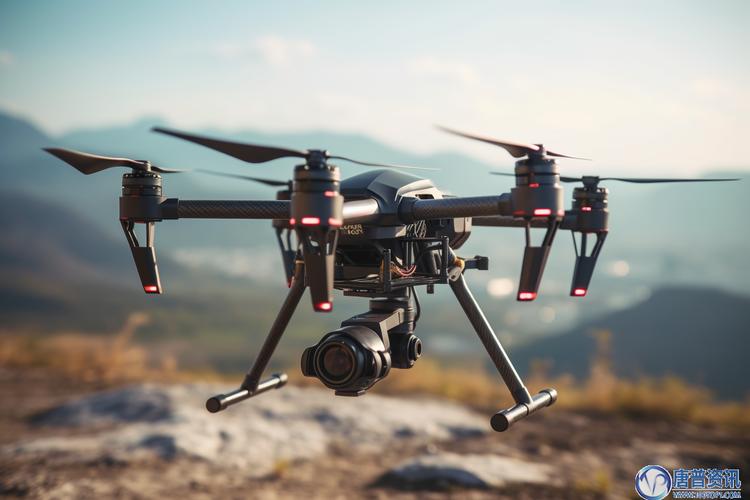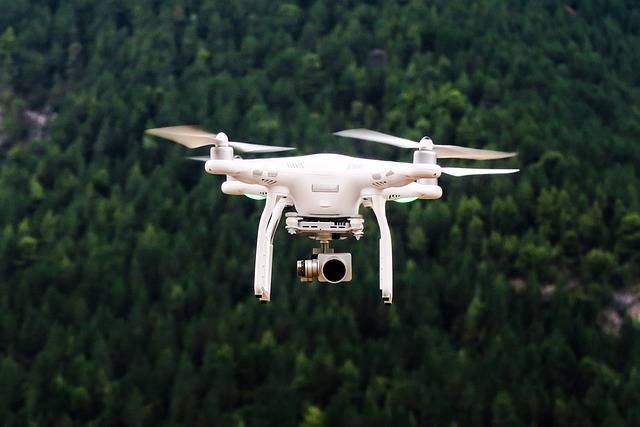Drone videography has revolutionized the way we capture a scenic landscape, offering a unique perspective that was once reserved for high-budget productions. With the right approach and understanding, mastering the art of drone videography can provide stunning results and elevate your video-making skills to new heights.
Understanding Drone Videography
Drones equipped with cameras are versatile tools that have expanded the creative possibilities in videography. They are used in various fields, from filmmaking to real estate marketing, offering dynamic shots that captivate audiences. To excel in drone videography, you need to grasp the fundamentals and adhere to best practices.
Basic Components and Features
- Camera Quality: A high-resolution camera is essential for capturing detailed footage. Consider drones offering 4K resolution to achieve crisp and clear images.
- Stabilization: Look for drones with gimbal-stabilized cameras. This feature helps in eliminating shake and ensures smooth footage, especially during movement.
- Flight Time: Longer flight times allow for more extensive shoots, providing the flexibility needed for creative shots without constant battery replacements.
Techniques for Capturing Stunning Footage
Pre-Flight Planning
A successful drone shoot begins with meticulous planning. Assess the location to identify potential obstacles like trees or power lines. Check the weather conditions as drones can be greatly affected by wind and rain. Draw up a storyboard to visualize your shots before takeoff.
Executing the Perfect Shot
Focus on framing and composition as you move your drone. The rule of thirds can be beneficial to create balanced shots. Experiment with different angles and heights to find the most engaging view. Make use of tracking shots for dynamic storytelling – following a moving subject can add drama and interest.
Post-Production Enhancements
Editing can vastly improve your drone footage. Software like Adobe Premiere or Final Cut Pro can help you enhance colors and contrast, ensuring the video captures the viewer’s attention. Consider incorporating background music or voiceovers to provide context and emotion to your scenes.


Pushing Boundaries in Drone Videography
As technology advances, so do the opportunities to push creative boundaries. Try experimenting with different types of drones, such as FPV (First Person View) drones, which offer immersive views that traditional drones cannot. Their agility makes them perfect for action-packed sequences.
Frequently Asked Questions
Is drone videography difficult to learn?
While it can be challenging initially, with practice and the right resources, anyone can learn drone videography. Start with beginner-friendly drones and gradually move on to more advanced models.
What software is best for editing drone footage?
Popular choices include Adobe Premiere, Final Cut Pro, and DaVinci Resolve. Each offers unique features fo editing drone footage effectively.
Can drones be used indoors for videography?
Yes, but it requires careful handling to avoid collisions. Ensure ample open space and good lighting for better results indoors.